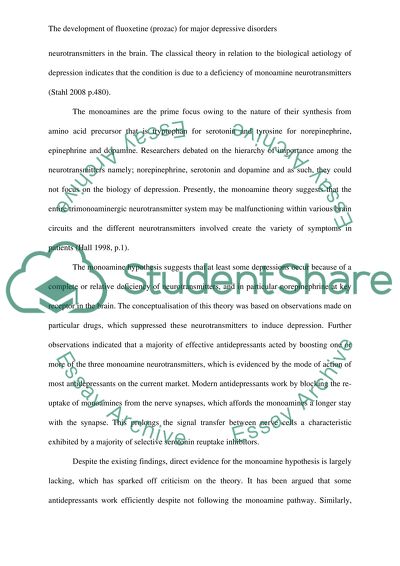Cite this document
(“The development of fluoxetine (prozac) for major depressive disorders Essay”, n.d.)
The development of fluoxetine (prozac) for major depressive disorders Essay. Retrieved from https://studentshare.org/health-sciences-medicine/1470550-the-development-of-fluoxetine-prozac-for-major
The development of fluoxetine (prozac) for major depressive disorders Essay. Retrieved from https://studentshare.org/health-sciences-medicine/1470550-the-development-of-fluoxetine-prozac-for-major
(The Development of Fluoxetine (prozac) for Major Depressive Disorders Essay)
The Development of Fluoxetine (prozac) for Major Depressive Disorders Essay. https://studentshare.org/health-sciences-medicine/1470550-the-development-of-fluoxetine-prozac-for-major.
The Development of Fluoxetine (prozac) for Major Depressive Disorders Essay. https://studentshare.org/health-sciences-medicine/1470550-the-development-of-fluoxetine-prozac-for-major.
“The Development of Fluoxetine (prozac) for Major Depressive Disorders Essay”, n.d. https://studentshare.org/health-sciences-medicine/1470550-the-development-of-fluoxetine-prozac-for-major.


